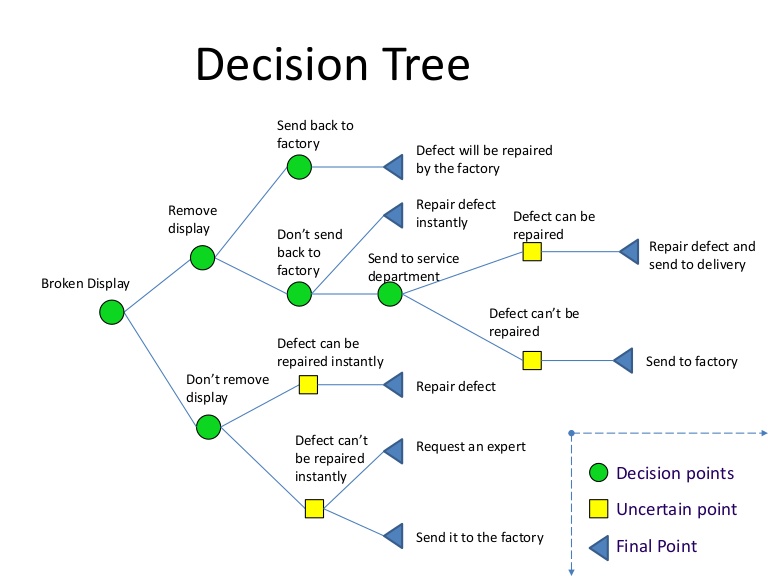Comprehensive Issue Analysis
Development researchers generally want to examine the most important issues of a given system (e.g. maternal/child healthcare) that are not yet being addressed adequately. Within any given system, however, it is quite common to observe multiple unmet conditions that limit problem resolution such that working on one (or even a few) in order to “make progress” is rarely sufficient to overcome a systemic issue. Additionally, by the time development practitioners are able to address other conditions, the state of those already dealt with may have changed. 
The key is to pursue solutions that address the main unmet conditions simultaneously, as a system, by thinking ahead about the connection between potential solution paths and outcomes that are most likely to lead to on-the-ground impact.
Process Overview
Comprehensive Issue Analysis is an innovation science method for identifying the most important and interrelated suite of factors that define a given problem to be solved. LASER PULSE employs this approach to frame and analyze the scope of issues that are related to various region-specific development priorities. For each priority area, we develop a view of the “conditions for success” that are typically required to address the specific category that poses a challenge. These conditions are gathered from an extensive literature review and a deep mining of internet resources, building upon patterns understood in innovation science.
Effectively, we search for conditions spanning issues of commitment, awareness, motivation, leadership engagement, barriers and access, resourcing, and sustainability, etc. For instance, using an identified priority “improving the quality of basic education for vulnerable populations of children” as applied to Uganda, Tanzania, and Kenya, we find roughly 400+ conditions that emerge from this analysis – some may be minor in the context of these specific countries, while others may be very significant. In another example, we uncovered more than 600 required conditions for maternal, child, and reproductive health.
Once the set of conditions that represent somewhat of an “ideal state” are obtained, we work to understand how well these conditions are represented in a given region of interest by gathering expert/local input. In particular, our goal is to evaluate each condition using 3 criteria:
1. What is the significance of the condition in overall efforts to realize priority-specific outcomes?
2. What is our confidence that the condition is satisfied in the existing system in the region of interest today?
3. What is the likelihood that research can help realize a desired state, if the condition is not true today?
